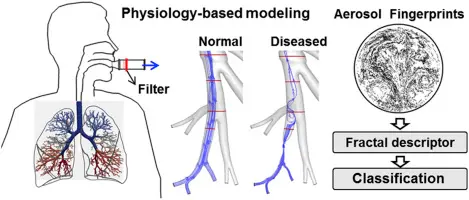Innovative Approaches in Pulmonary Diagnostics: The Role of Aerosol Biopsy in Lung Disease Management
What is an Aerosol Biopsy?
An aerosol biopsy is a diagnostic technique that analyzes tiny droplets or bioaerosols naturally produced in a patient’s breath. When patients exhale, they release microscopic particles from the airways and alveoli. These particles can contain valuable biological materials such as cells, DNA, RNA, or proteins that reflect the condition of the lung tissue.
Specialized devices collect these exhaled particles, which are then analyzed using advanced molecular and genetic testing methods. This approach allows clinicians to detect specific disease markers without the need for an invasive procedure.
Benefits of Aerosol Biopsy
Non-Invasive Sampling
Unlike traditional biopsies that require surgical tools to obtain tissue samples, aerosol biopsies are entirely non-invasive. Patients simply breathe into a collection device, which is safe and painless. This is particularly valuable for patients who may not be good candidates for surgery or who have fragile lung health.
Reduced Risk and Discomfort
By avoiding needles and surgical instruments, aerosol biopsies greatly reduce the risk of complications such as bleeding, infection, or lung collapse. This makes it safer for patients with advanced lung disease or other health conditions.
Early Detection and Monitoring
Aerosol biopsies may help detect lung cancer and other lung diseases earlier by capturing biomarkers before they show up on imaging scans. Additionally, they could be used to monitor disease progression or treatment response more frequently, helping doctors adapt treatment plans in real time.
